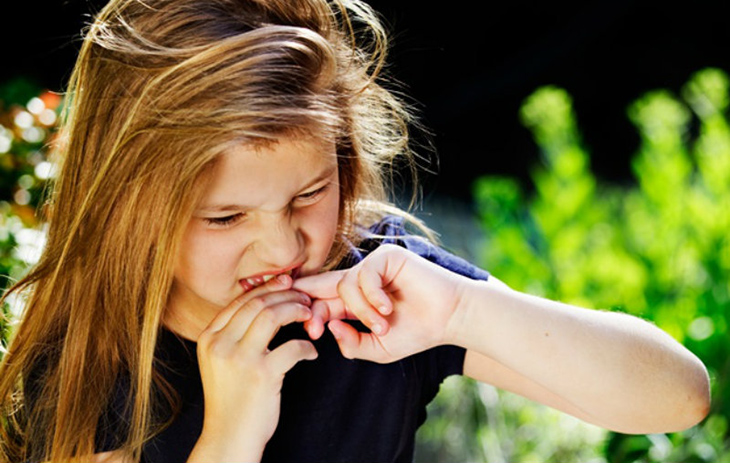5. Repetitive Movements

Scientists divide recurrent actions into two categories. Lower-order repetitive behaviors include motions like hand flapping, fiddling with items, or body rocking, as well as vocalizations such grunting or repeating certain phrases. Autism features such as routines and rituals, fixation on sameness, and obsessive interests are examples of ‘higher-order’ repetitive behaviors. Repetitive motor actions are also observed in various developmental brain disorders. Many females with Rett syndrome, for example, wring or grip their hands constantly. Attention deficit hyperactivity disorder, obsessive-compulsive disorder, and schizophrenia are all characterized by repetitive activities. They are also a normal aspect of development. Infants and toddlers may repeatedly kick their legs, rock back and forth while playing, or flap their hands in enthusiasm. These motions are regarded to be increasingly crucial in helping children learn how their bodies work and develop coordinated voluntary movements. These early repetitive movements in autistic adults may be more severe and last well beyond childhood. Even normal people, however, may exhibit repeated actions such as jiggling a leg, tapping fingers on a table, or biting on the cap of a pen in concentration. They may also have a strong interest in a certain band or sports team, similar to how autistic persons are interested in railway schedules or butterfly taxonomy. Repetitive behaviors are among the first symptoms of autism that appear in toddlers. They can be found in people on the autism spectrum. However, they are more pronounced in persons with inferior cognitive capacity.
Autism has been associated with repetitive activities since the disorder was first diagnosed. Grunya Sukhareva, an early autism researcher, and Leo Kanner and Hans Asperger recognized repetitive gestures and emphasis on sameness in the earliest children they documented. For many decades, however, autism research has been focused on the other major group of autism traits: social issues and communication challenges. As a result, repetitive behaviors have been poorly investigated and understood. Repetitive behaviors were not required in the earlier edition of the Diagnostic and Statistical Manual of Mental Disorders to make a diagnosis of autism. Over the last decade, scientists have come to regard these traits as crucial to the description of autism. Stimming refers to a subset of repetitive movements such as twirling, hand flapping, or vocalizations. It is short for self-stimulatory behavior, a clinical term that some autistic people have adopted. They have also spoken out about the significance of their stimming.’ However, some academics argue that the term ‘stimming’ may actually hinder acceptance of repetitive activities. “As soon as you name it that, you stop thinking about why [autistic people] would be doing this,” says Matthew Goodwin, an associate professor of health sciences and computer science at Northeastern University in Boston, Massachusetts. If the activities are perceived as just self-stimulatory, autistic people may experience pressure to suppress them, he says.



